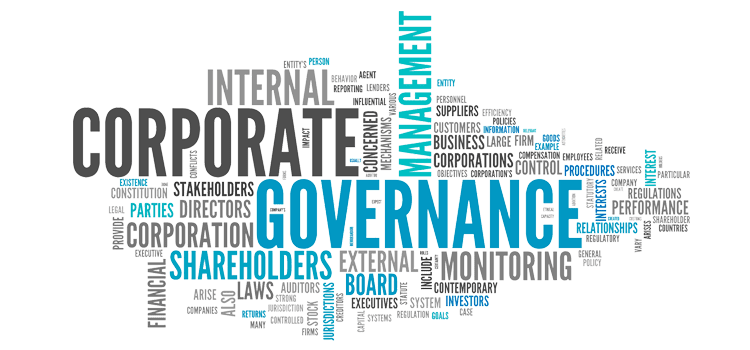Discover the collaborative efforts between Korindo and Indigenous People

In today’s world, the need for sustainable development and the preservation of indigenous cultures has become increasingly important. Many companies are recognizing this and actively engaging in partnerships with indigenous communities to foster collaboration, cultural preservation, and sustainable development. One such partnership that stands out is the collaboration between Korindo and indigenous communities. In this article, we will delve into the remarkable initiatives and projects undertaken by Korindo, which empower and benefit indigenous populations while fostering environmental sustainability.
Korindo’s Commitment to Indigenous Communities
Korindo, a leading company in the natural resources and agribusiness sectors, has made significant strides in recognizing and respecting the rights of indigenous communities. With a deep understanding of the value of collaboration, Korindo has forged partnerships with indigenous populations across various regions. These partnerships aim to create a mutually beneficial relationship that respects indigenous cultures, safeguards their rights, and contributes to their sustainable development.
Cultural Preservation Initiatives
Revitalizing Indigenous Traditions
Korindo recognizes the importance of cultural heritage and actively supports initiatives that revive and preserve indigenous traditions. By providing resources and expertise, Korindo helps indigenous communities organize cultural events, festivals, and ceremonies. These activities serve as platforms to showcase traditional dances, music, clothing, and culinary arts, ensuring the continuation of their rich cultural heritage for generations to come.
Preserving Indigenous Languages
Language is an essential part of any culture, and Korindo places great emphasis on preserving indigenous languages. The company collaborates with linguistic experts and community leaders to document, revitalize, and teach indigenous languages to younger generations. This commitment not only helps preserve linguistic diversity but also fosters a sense of pride and identity among indigenous communities.
Supporting art and crafts
Indigenous art and crafts are not only beautiful expressions of creativity but also important sources of income for indigenous communities. Korindo actively supports indigenous artisans by promoting and marketing their handicrafts, artwork, and traditional products. Through fair trade practices, Korindo ensures that the artisans receive proper compensation for their skills and craftsmanship, providing them with sustainable livelihoods.
Sustainable Development Projects
Community-Based Forest Management
Korindo firmly believes in responsible forest management and works closely with indigenous communities to implement community-based forest management practices. By involving local communities in decision-making processes, Korindo ensures that their traditional knowledge and sustainable practices are integrated into forest management plans. This approach helps preserve biodiversity, protect sensitive ecosystems, and create economic opportunities for indigenous populations.
Agroforestry Programs
To promote sustainable agriculture and provide alternative livelihoods, Korindo collaborates with indigenous communities to implement agroforestry programs. These programs combine tree planting with agricultural practices, allowing indigenous communities to cultivate crops while preserving the surrounding environment. Agroforestry not only improves food security but also promotes the conservation of natural resources and helps mitigate climate change.
Renewable Energy Initiatives
Recognizing the importance of transitioning to clean energy sources, Korindo supports indigenous communities in developing renewable energy projects. These initiatives include the installation of solar panels, mini hydropower plants, and biogas digesters in remote areas. By providing access to sustainable energy, Korindo improves the quality of life for indigenous populations while reducing their reliance on fossil fuels.
Empowerment of Indigenous Populations
Education and skill development
Korindo places a strong emphasis on education and skill development as essential tools for empowering indigenous communities. The company supports the establishment of schools and educational programs in collaboration with local authorities. These initiatives aim to provide quality education, vocational training, and scholarships to indigenous youth, equipping them with the knowledge and skills necessary for a brighter future.
Economic Opportunities
Sustainable economic opportunities are crucial for the long-term empowerment of indigenous populations. Korindo works closely with indigenous communities to identify and develop income-generating projects that align with their cultural values and natural resources. These projects can range from ecotourism initiatives to sustainable agriculture ventures, ensuring that indigenous communities have a stake in the local economy and can thrive economically.
Healthcare and social welfare
Korindo understands the importance of healthcare and social welfare in ensuring the well-being of indigenous communities. The company collaborates with healthcare professionals and local authorities to improve access to healthcare services in remote areas. Additionally, Korindo supports social welfare programs that address the unique needs of indigenous populations, including housing, clean water, sanitation, and community development projects.
Conclusion
The collaborative efforts between Korindo and indigenous communities exemplify the positive impact that can be achieved through partnerships based on mutual respect and shared goals. By prioritizing cultural preservation, sustainable development, and the empowerment of indigenous populations, Korindo has set an inspiring example for other companies to follow. Through these partnerships, Korindo not only contributes to the preservation of indigenous cultures but also fosters environmental sustainability and social progress.








